Istanbul’s Funiculars: History and Role in the City
Istanbul boasts two underground funiculars, each with its unique features, historical significance, and critical role in the city’s transportation network. The first is the iconic Tünel Funicular, a historic marvel celebrated as the oldest metro line in continental Europe and the second oldest in the world, following London’s Underground. The second is the Kabataş-Taksim Modern Funicular, a contemporary solution designed to meet the demands of a modern, bustling metropolis by connecting two major hubs quickly and efficiently. Together, these funiculars address Istanbul’s challenging topography while serving both locals and tourists, blending functionality with a touch of the city’s rich heritage.
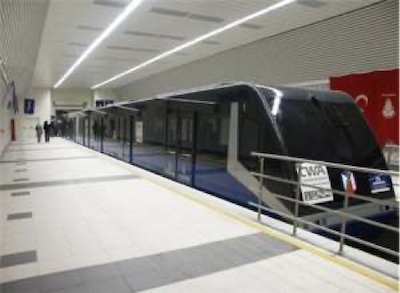
The Tünel Funicular (F2)
The Tünel Funicular is not just a mode of transport; it is a historical treasure. Opened in 1875, it holds the distinction of being the oldest metro line in continental Europe. This remarkable engineering achievement was created to ease the steep journey between Karaköy and Tünel Square, located near the bustling Istiklal Street. Covering a short yet essential distance of 573 meters, the Tünel Funicular conquers an elevation difference of 60 meters, sparing passengers from a strenuous uphill climb.
Originally powered by a steam engine, the Tünel Funicular featured two parallel wooden cars that traveled on separate tracks. In 1971, this historic system underwent a significant modernization to adopt electric propulsion and a single-track design, ensuring enhanced safety and efficiency. Today, a ride on the Tünel takes approximately 1.5 minutes, serving around 15,000 passengers daily. Despite its short journey, the Tünel Funicular remains a vital link in Istanbul’s public transport network and a charming relic of the city’s 19th-century modernization efforts.
For those intrigued by history, the Tünel Funicular offers more than transportation—it provides a glimpse into Istanbul’s past, showcasing the city’s early adaptation of modern technology to overcome urban challenges.
The Kabataş-Taksim Modern Funicular (F1)
In stark contrast to the Tünel’s historic charm, the Kabataş-Taksim Modern Funicular represents Istanbul’s strides toward contemporary urban mobility. Inaugurated in 2006, this modern line spans a distance of 600 meters, connecting Kabataş, a key transportation hub with access to ferries and trams, to Taksim Square, the cultural and touristic heart of Istanbul.
Built to overcome the city’s challenging terrain, the Kabataş-Taksim Funicular traverses a steep incline of 60 degrees, completing each journey in just 2 minutes. Operating with a frequency of every 5 minutes during peak hours, this funicular line efficiently handles the daily traffic of thousands of passengers, making it an indispensable part of Istanbul’s transport network.
Popular among tourists, the Kabataş-Taksim Funicular offers a convenient way to transition between the European shores and the vibrant energy of Taksim. Whether used as part of a daily commute or as a means to explore the city’s diverse attractions, this line exemplifies modern engineering and urban planning at its best.
The Importance of Funiculars in Istanbul
In a city renowned for its picturesque hills and steep streets, funiculars are essential to urban mobility. The Tünel Funicular and the Kabataş-Taksim Funicular address Istanbul’s geographical challenges by providing efficient and reliable solutions to steep inclines. While their operational distances may be short, their impact on daily transportation is significant, offering quick alternatives to time-consuming and physically demanding routes.
The Tünel Funicular is a testament to 19th-century ingenuity, symbolizing Istanbul’s early efforts to modernize its urban infrastructure. By contrast, the Kabataş-Taksim Funicular reflects the city’s 21st-century aspirations, integrating cutting-edge technology and passenger convenience. Together, they highlight the evolution of Istanbul’s transportation solutions, blending historical legacy with contemporary advancements.
These funiculars not only serve as practical transportation options but also stand as iconic symbols of Istanbul’s adaptability and innovative spirit, bridging past and present in the most literal and figurative sense.
Schedules and Availability
Both funicular lines are designed to cater to the needs of Istanbul’s dynamic population with convenient operating hours:
- Service starts: 6:00 AM.
- Last service: 12:00 midnight.
The Kabataş-Taksim Funicular operates with a frequency of approximately 5 minutes, ensuring minimal wait times even during busy periods. In comparison, the Tünel Funicular runs at slightly longer intervals, which vary based on passenger demand but remain efficient enough to handle daily traffic smoothly. Together, these schedules ensure seamless connectivity throughout the day and cater to both early risers and late-night travelers.
Tips for Visitors
- History enthusiasts: A ride on the Tünel Funicular is an unmissable experience, offering a unique combination of functionality and historical significance. This short journey encapsulates the spirit of Istanbul’s rich past.
- Convenience seekers: The Kabataş-Taksim Funicular provides a fast and easy way to travel between the ferry terminals at Kabataş and the vibrant energy of Taksim Square, making it a favorite among tourists and locals alike.
- Use the Istanbulkart: Both funiculars accept the Istanbulkart, a rechargeable card that simplifies travel across all public transport systems in the city, offering both convenience and savings.
- Plan your trips: To avoid crowds, consider traveling outside peak hours, especially during the morning and evening rush.
Conclusion
The funiculars of Istanbul are more than just transportation systems—they are emblematic of the city’s innovative spirit and cultural richness. The historic Tünel Funicular and the modern Kabataş-Taksim Funicular offer distinct yet complementary experiences, each showcasing a different era of Istanbul’s development. Together, they provide practical solutions to the city’s geographical challenges while inviting passengers to explore the stories and innovations that have shaped Istanbul over the centuries.
Whether you’re a visitor eager to delve into Istanbul’s history or a resident relying on efficient daily transport, these funiculars offer a seamless blend of functionality, heritage, and modernity. A ride on either line is not just a journey between two points but an opportunity to appreciate Istanbul’s unique character and its remarkable ability to connect its past with its future.

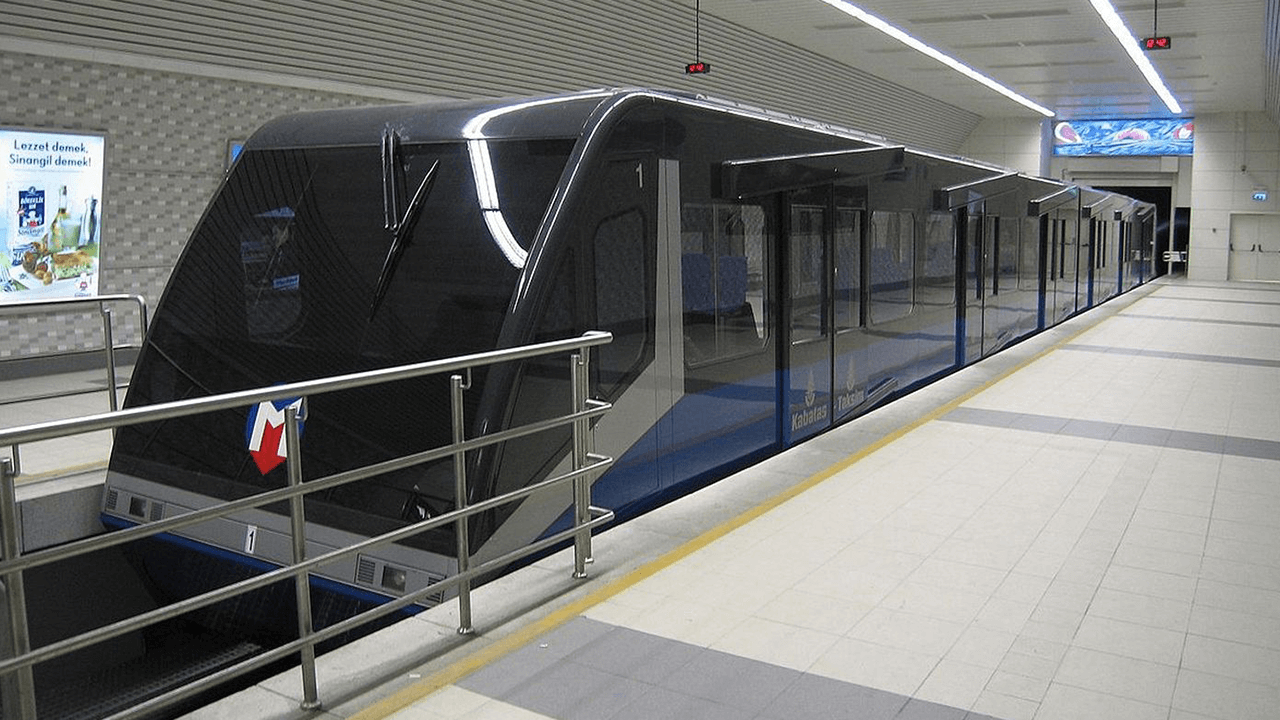

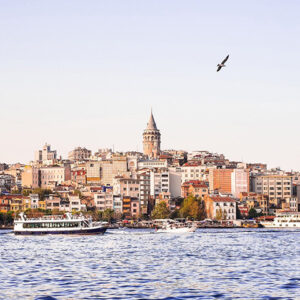

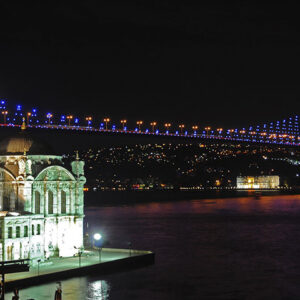

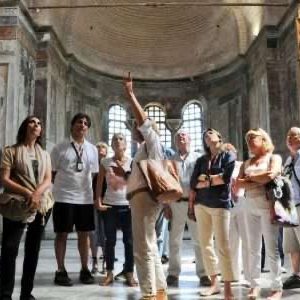



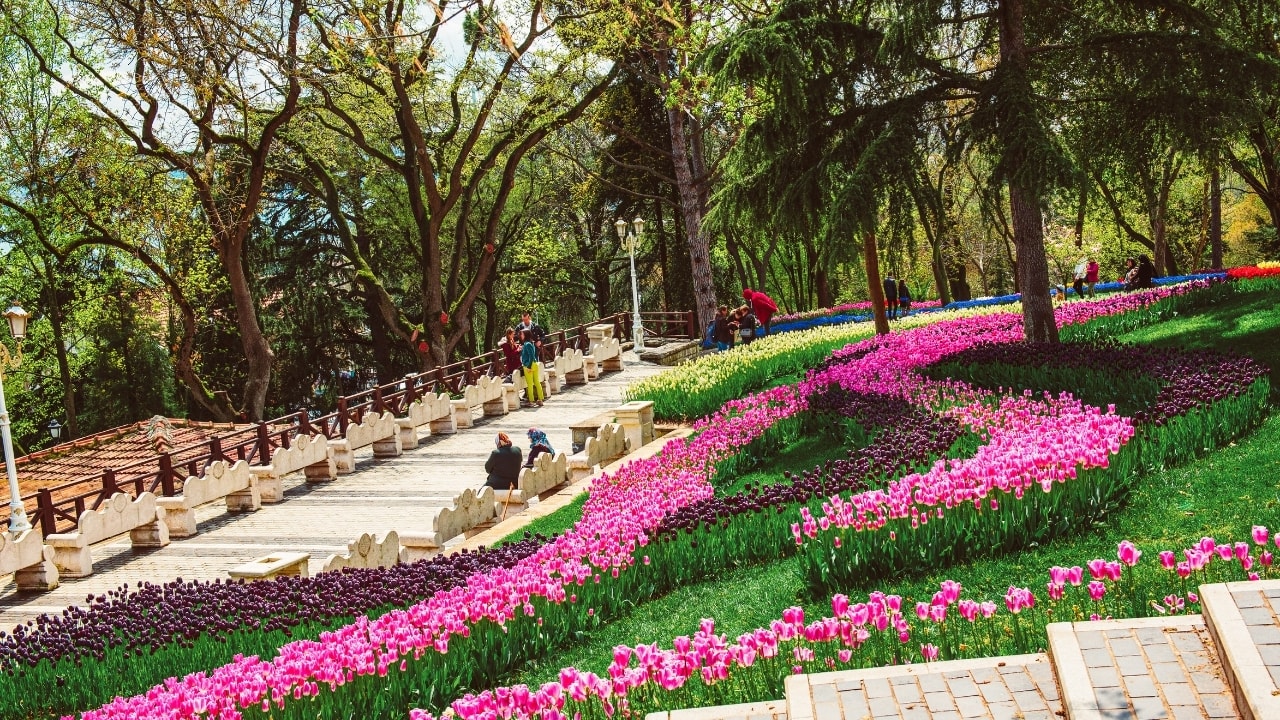


3 thoughts on “Istanbul’s Funiculars”
★★★★★
My journey to ‘Istanbul’s Funiculars’ was nothing short of amazing. A must-see for anyone exploring the area!
★★★★★
Exploring ‘Istanbul’s Funiculars’ exceeded all my expectations. A perfect combination of culture, beauty, and knowledge.
★★★★★
The charm of ‘Istanbul’s Funiculars’ captivated me entirely. It’s a destination that leaves no one indifferent.